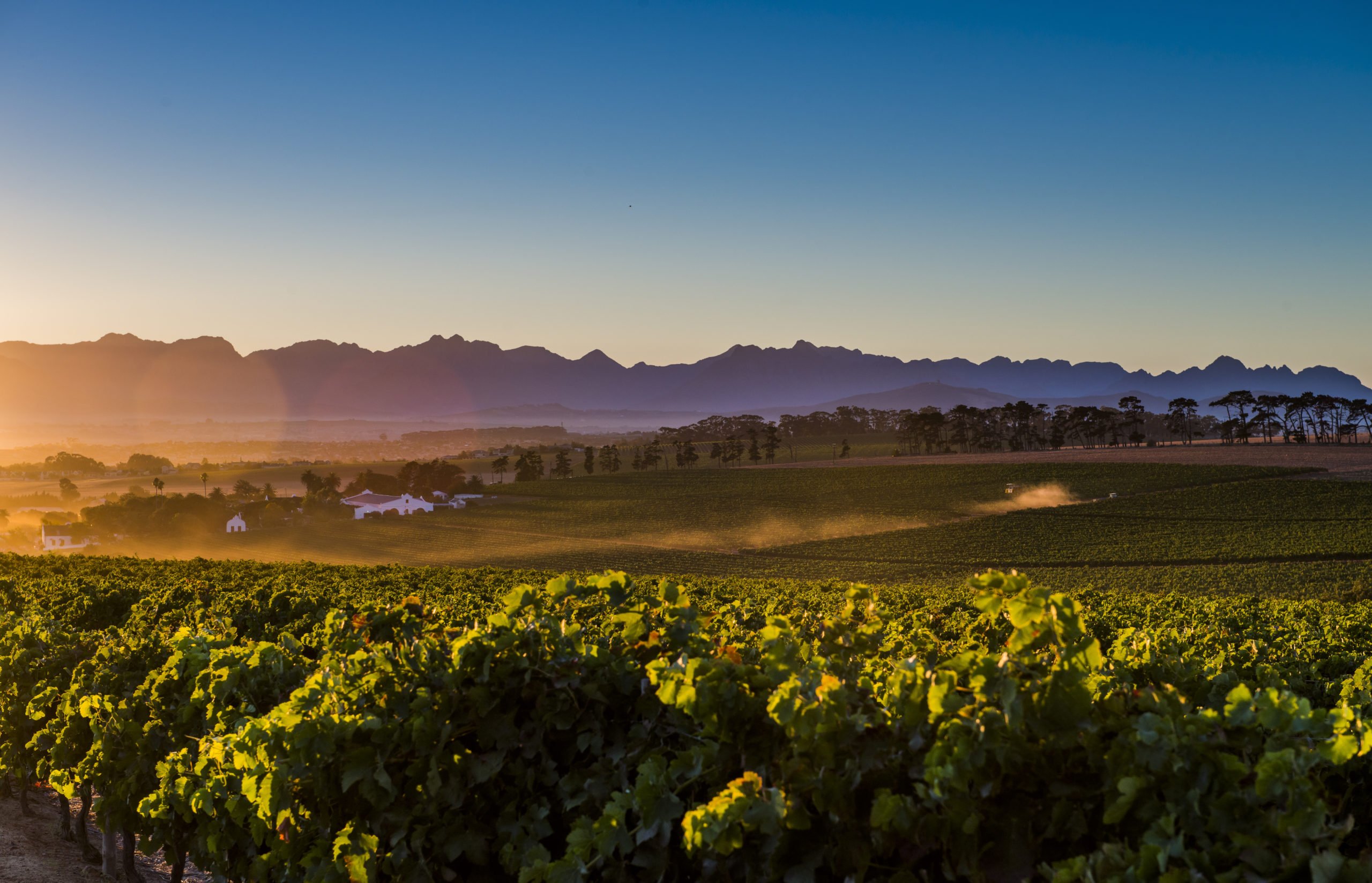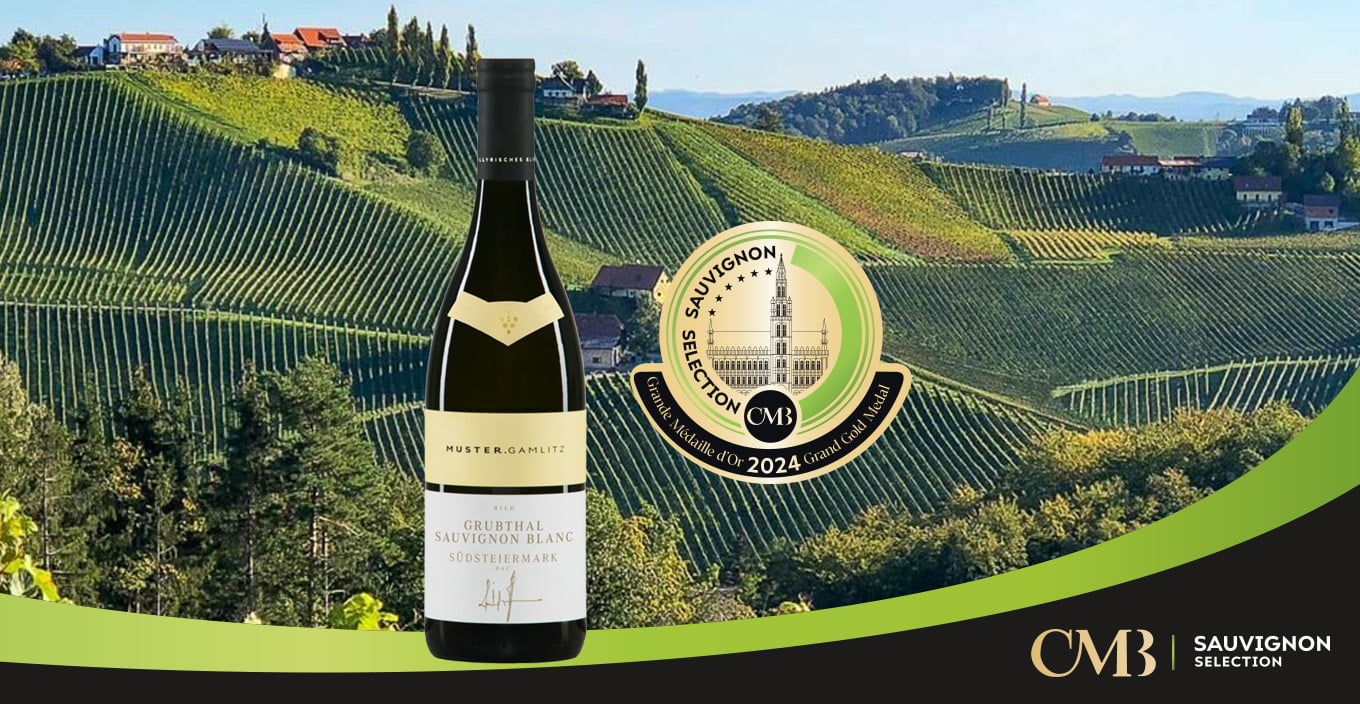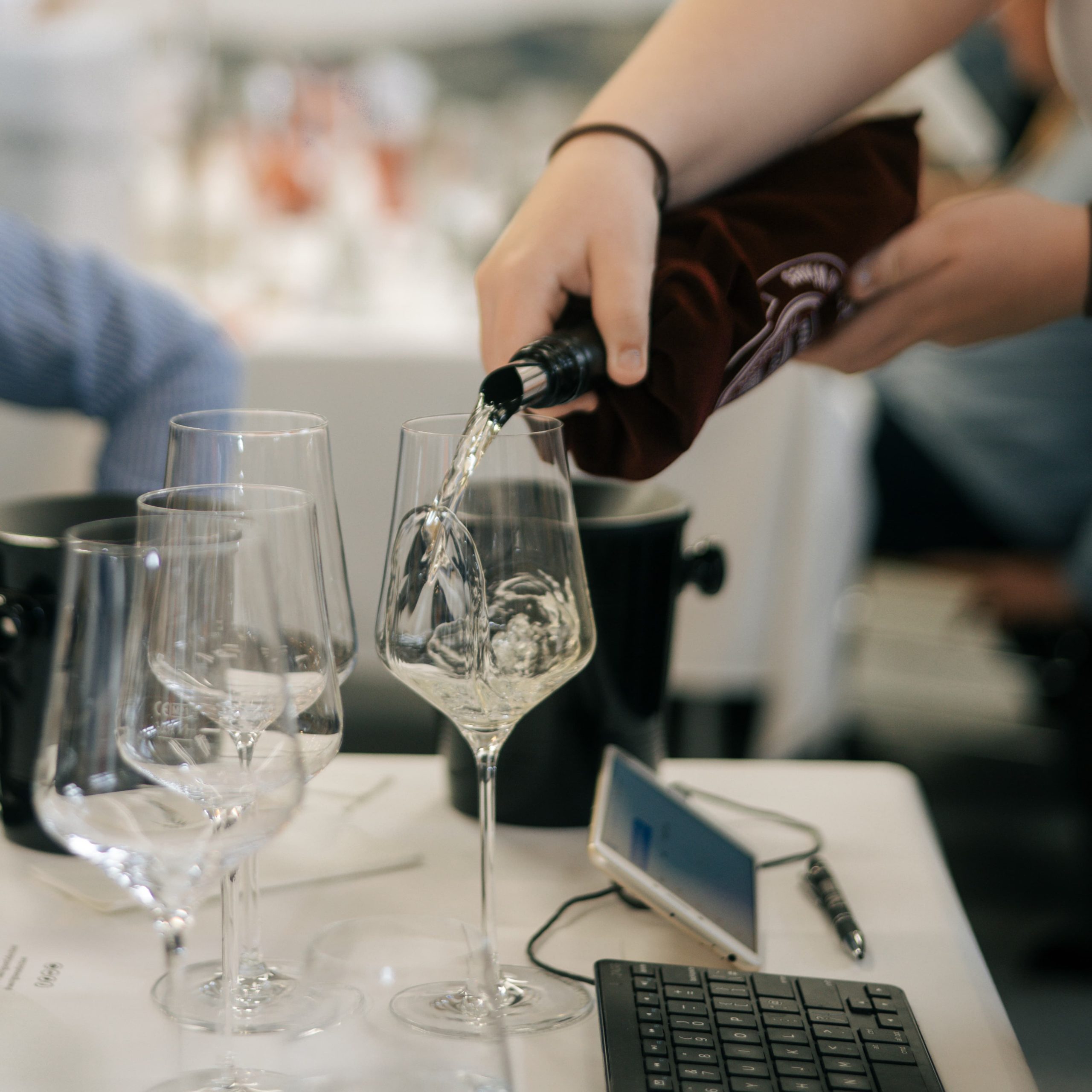South Africa: Sauvignon blanc, an essential component of the varietal range

According to Tim James in his excellent book Wines of the New South Africa – Tradition and Revolution (University of California Press: 2013), it is unclear when Sauvignon Blanc was introduced to the Cape, but it was certainly planted at Groot Constantia in the late 1880s and reportedly performed well there. It did not get much attention until almost 100 years later – the first varietal Sauvignon on the market was from a Stellenbosch property then called Verdun and now Asara in 1977 with more and more following over the next decade. Interestingly, many of the early examples of Sauvignon were lightly oaked with James venturing that this “probably reflect[fusion_builder_container hundred_percent=”yes” overflow=”visible”][fusion_builder_row][fusion_builder_column type=”1_1″ background_position=”left top” background_color=”” border_size=”” border_color=”” border_style=”solid” spacing=”yes” background_image=”” background_repeat=”no-repeat” padding=”” margin_top=”0px” margin_bottom=”0px” class=”” id=”” animation_type=”” animation_speed=”0.3″ animation_direction=”left” hide_on_mobile=”no” center_content=”no” min_height=”none”][ed] a hope that Sauvignon could serve the function of Chardonnay” which was not yet well established in the country.
Plantings of Sauvignon soar
To understand Sauvignon Blanc’s current standing in the South African wine scene, it is helpful to be reminded of some of the country’s modern history. On 11 February 1990, Nelson Mandela walked free from Victor Verster Prison in Paarl, and South Africa’s transition to a democracy was precipitated.
Major transformation was underway in all sectors of the country including the wine industry – whereas it had previously been heavily regulated with super co-op KWV holding sway, it was to undergo a fundamental makeover which has resulted in a few mass-market players plus a multitude of niche producers. Of the 564 cellars to crush grapes in 2013, 493 were private cellars, 50 were co-ops and 20 were producing wholesalers.
The national vineyard would also radically change. Whereas it was planted to 71% white varieties and 29% red in 1999, that ratio would be 54:46 five years later and this is more or less where it has remained since. Sauvignon Blanc’s moment had arrived, however, with plantings going from 3,300ha in 1990 to 4,771ha in 1997 and reaching 9,321ha by the end of 2013 (9.3% of the national vineyard and the third most planted white variety behind Chenin Blanc and Colombard).
Such is the fashionableness (and its usefulness in facilitating cash flow) that Sauvignon Blanc is grown just about everywhere in the winelands although Stellenbosch has the majority with 30% of total plantings by area followed by Robertson at 18%.
Stylistic issues
Particularly because Sauvignon is vulnerable to heat waves and can lose aromatic and flavour intensity quickly under such conditions, it generally performs best in the Cape’s cooler areas, either more maritime (such as Constantia, Darling, Durbanville and Elim) or at altitude (Cederberg and Elgin). Total production from these areas is however miniscule compared to what comes out of the hot Breedekloof where irrigation allows for high yields.
South Africa exports roughly 60% of the wine it produces and Sauvignon Blanc is important part of this: just under 37.5 million litres left the country in 2014, 55.4% as packaged wine and 44.6% as bulk, and some 9% of the total.
Stylistically, the issue which has raged in recent times is how much methoxypyrazine (the chemical compound that gives Sauvignon Blanc its “green” aromatics and flavours) to tolerate. Broadly speaking, three basic styles of the variety can be discerned according to the dominant aromatic and flavour compounds at play, these being 1). Ester-driven; 2). Pyrazine-driven and 3). Thiol-driven, and South Africa does versions of them all.
Wines high in esters are typically from warmer, inland growing areas and are lightly fruity and rather short-lived. As mentioned, wines high in pyrazines have pronounced “green” characteristics and tend to come from moderate or cooler areas, while wines with high thiol concentrations express characteristics of grapefruit, granadilla and other tropical fruit, the result of the conversion of the relevant precursors during fermentation – different yeast strains producing different concentrations of thiols.
More serious Sauvignon emerging
Wines with pronounced pyrazine character made an impact among local critics and public alike about 10 to 15 years ago because before then most Sauvignon Blanc was extremely neutral and when these “green” wines came along, they were nothing if not arresting.
However, pyrazine-driven wines are increasingly being seen as the product of under-ripe fruit. In addition, they are not particularly versatile at mealtime (good with seafood but not much else) and many don’t age well – all of these factors have therefore contributed to an increase in wines that are not implacably green in style. There are now more thiol-driven wines than ever before while we are also seeing examples of serious Sauvignon Blanc fermented or matured in oak or both. For all the quality advances that South Africa has made recently, the learning curve remains steep and even better wines can quite reasonably be expected in the not too distant future.[/fusion_builder_column][/fusion_builder_row][/fusion_builder_container]


